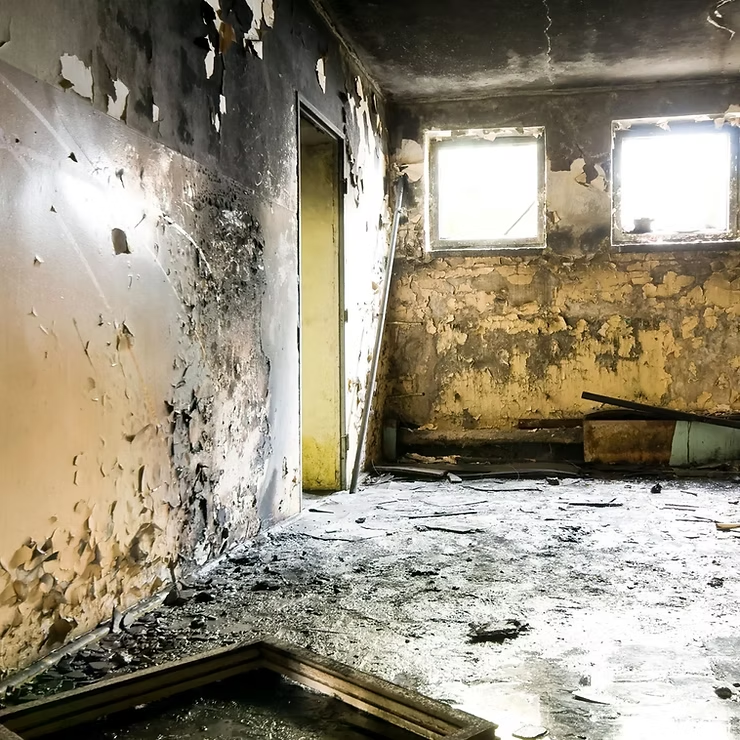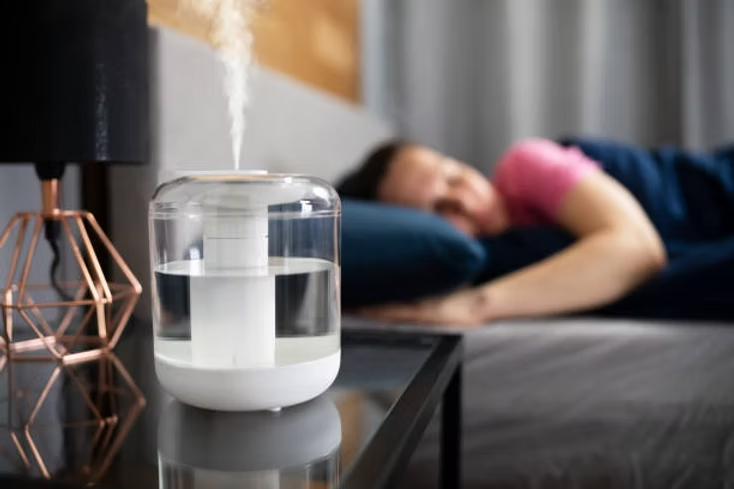How to Prevent Mold in Your Home: Protect Against Mold Toxicity and Black Mold
- admin323029
- Blog

Mold is more than just a nuisance—it’s a silent threat to your health and home. Black mold, one of the most harmful types, produces mycotoxins that can lead to severe health issues if left untreated. Understanding how to prevent mold, identifying the signs of mold in your house, and knowing when to schedule a professional mold inspection are crucial steps to keeping your home safe.
This guide provides actionable tips to tackle mold issues, maintain healthy indoor air, and protect your home from the dangers of mold toxicity.
1. Why Preventing Mold is Essential
Mold thrives in damp, humid environments. When it becomes a mold issue, it can damage your home’s structure, cause unpleasant odors, and trigger health concerns such as respiratory problems, allergies, and mold toxicity. Among the most concerning types is black mold (Stachybotrys chartarum), which produces mycotoxins that can affect your skin, lungs, and immune system.
Related Reading: “Understanding the Health Risks of Black Mold” – Learn how black mold exposure impacts health and steps to address it.
Key Takeaway: Preventing mold isn’t just about home maintenance—it’s about protecting your health.
2. Spotting the Signs of Mold in Your House
Detecting mold early can save you from costly repairs and potential health risks. Here are the most common signs of mold in your house:
- Musty Odors: Persistent damp or musty smells often signal mold growth.
- Visible Mold Growth: Look for black, green, or white spots on walls, ceilings, and furniture.
- Water Stains: Yellow or brown stains on ceilings and walls may indicate hidden mold caused by water damage.
- Health Symptoms: Coughing, skin irritation, unexplained allergies, or recurring headaches could be linked to mold toxicity.
If you notice any of these signs, schedule a professional mold inspection immediately.
Related Reading: “Top Signs You Need a Mold Inspection” – Discover the key indicators and when to call an expert.
3. How to Control Humidity for Preventing Mold in Your Home
Mold thrives when indoor humidity exceeds 50%. Maintaining optimal levels between 30% and 50% is critical to preventing a mold issue.
- Use a Dehumidifier: Dehumidifiers are great for controlling moisture, especially in damp areas like basements and bathrooms. However, remember that even dehumidifiers can get moldy if not cleaned regularly. Empty the water tank daily and clean the filters to avoid issues.
- Ventilate Properly: Use exhaust fans in kitchens, bathrooms, and laundry rooms to reduce moisture from cooking, showering, and washing. Open windows when weather permits to improve air circulation.
- Fix Water Leaks: Address leaks in plumbing, roofs, or windows immediately. Even small leaks can create the perfect environment for black mold to grow.
Pro Tip: Use a hygrometer to monitor indoor humidity levels. This small, affordable device ensures your home stays in the safe zone.
Recommended Resource: “How to Use a Dehumidifier Effectively” (EPA Guide).
4. Improve Air Quality with Advanced Filtration
Clean air is essential to reducing the spread of mold spores. Investing in high-quality air filtration systems can make a significant difference.
- Air Filter for Mold:Choose HVAC filters with a MERV rating between 8 and 13. These filters trap mold spores, dust, and allergens, ensuring cleaner air throughout your home.
- Vent Filters for Mold:Install filters on your HVAC vents to capture airborne mold spores before they circulate. Replace these filters every 1 to 3 months for maximum efficiency.
- Air Scrubber for Mold:Air scrubbers actively remove contaminants like mold spores, mycotoxins, and bacteria. These devices are especially useful for homes in mold-prone areas or during mold remediation processes.
Related Reading: “How Air Scrubbers Help Improve Indoor Air Quality”.
5. Address Water Damage Immediately
Water damage is one of the primary causes of mold growth. Whether it’s a leaking pipe or a flooded basement, prompt action can prevent mold from taking hold.
- Dry Wet Areas Quickly:Always dry spills, wet carpets, and damp walls within 24 to 48 hours to prevent black mold growth.
- Inspect Hidden Spaces:Mold often hides in basements, attics, and crawlspaces. Regularly check these areas for signs of water damage or mold.
- Monitor Your HVAC System:Your HVAC system can harbor mold if condensation lines become clogged or fail to drain properly. Schedule routine maintenance to ensure everything runs smoothly.
External Link: “Repairing Water Damage in Your Home”.
6. Optimize Ventilation for a Mold-Free Home
Proper ventilation keeps moisture levels in check, reducing the likelihood of a mold issue.
- Install Exhaust Fans: Use fans in bathrooms, kitchens, and laundry rooms to remove excess moisture. Let them run for at least 15 minutes after showering or cooking.
- Use Window Treatments Wisely: Open curtains or blinds during the day to let sunlight naturally dry out damp areas and reduce mold growth.
Recommended Resource: “Best Ventilation Practices for Homes”.
7. Professional Mold Inspections: A Must for Mold Prevention
Even with preventive measures, mold can sometimes go unnoticed. A professional mold inspection is your best bet for detecting hidden mold and addressing it early.
- What to Expect During an Inspection:Mold inspectors use advanced tools like moisture meters, infrared cameras, and air quality tests to identify problem areas.
- Why Schedule Regular Inspections:Inspections help catch issues like black mold in walls or air ducts before they become severe.
Related Reading: “Benefits of Hiring a Professional Mold Inspector”.
8. Long-Term Strategies for Preventing Mold
Consistency is key when it comes to mold prevention. Here are some additional tips for long-term success:
- Regular Cleaning:Use mold-resistant cleaning products on high-risk areas like bathroom tiles, shower curtains, and window sills.
- Seal Cracks:Waterproof basements, crawlspaces, and foundations to block water intrusion.
- Monitor Humidity Levels:Invest in a smart humidity monitor to alert you when levels exceed safe thresholds.
Related Reading: “How to Waterproof Your Basement to Prevent Mold”.
Conclusion
Preventing mold in your home isn’t just about maintaining a clean space—it’s about protecting your family’s health from the dangers of mold toxicity and the risks of black mold. By managing humidity, improving air quality with tools like air filters for mold and air scrubbers, and scheduling regular mold inspections, you can create a safe, mold-free environment.
If you notice any signs of mold in your house, take immediate action. Don’t wait for a minor issue to escalate into a serious problem. Protect your home and loved ones by staying proactive and vigilant.
External Link: CDC Guidelines on Mold Cleanup and Prevention.
Are you worried about the cleanliness of your space?
Let us help you! Cleaning services are our specialty, and we offer a complete range of cleaning and maintenance services. Get a free estimate!




